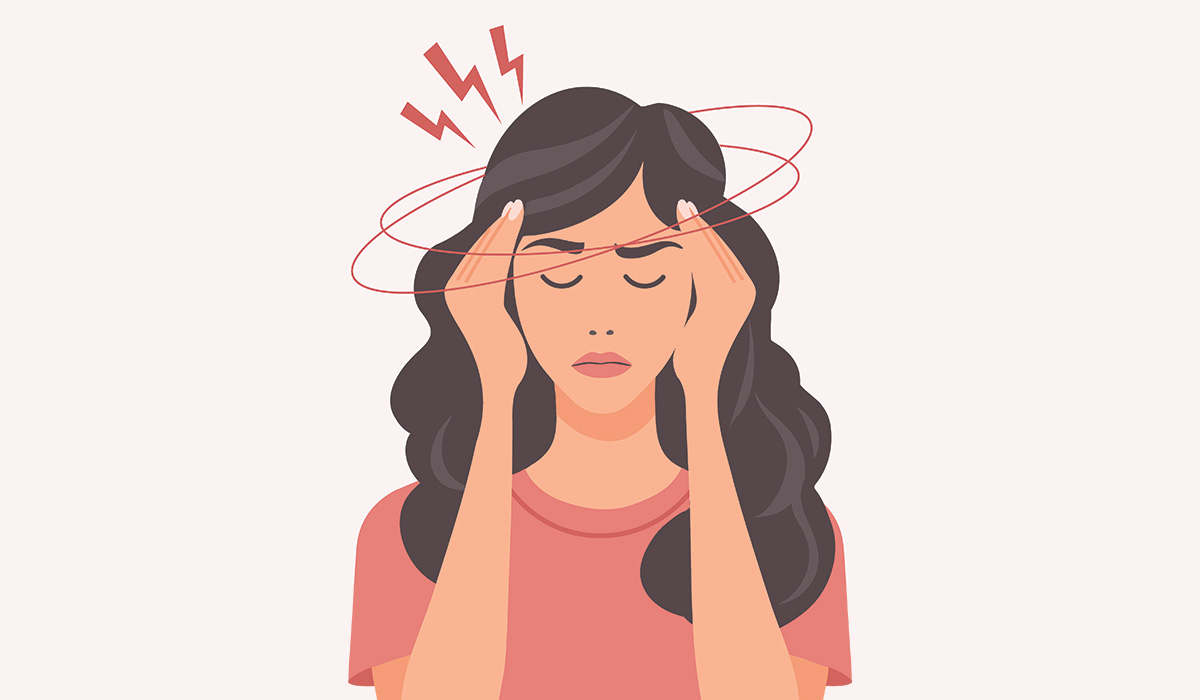
be effectively prevented and, if it does occur, effectively treated.
Causes
Osteoporosis is a disease that has been well researched by scientists, so its causes and risk factors are well known. However, the disease is also very complex and can have multiple underlying causes. Possible causes include genetic and hormonal factors, as well as those related to the natural ageing process and lifestyle.
Genetic Factors
Osteoporosis is a hereditary disease. Our genes largely determine the strength and density of our bones. It is estimated that up to half of the so-called peak bone mass, i.e., the maximum bone density usually achieved in youth, depends on genetic factors. If someone has a family history of osteoporosis, they are more likely to be susceptible to it themselves.
Hormonal Changes
Hormonal changes, especially a decrease in oestrogen levels, have a major impact on the development of osteoporosis. This chemical plays a key role in bone formation and resorption in both women and men. However, women are more prone to bone loss because their oestradiol levels drop significantly after the menopause. In addition, growth hormone secretion decreases with age, which also contributes to the weakening of bone structure.
Ageing
One of the main causes of osteoporosis is the natural ageing process. With age, bones become weaker and less resistant to injury, which is why many seniors experience problems with bone fragility. In older individuals, the process of bone breakdown progresses more rapidly than bone rebuilding, resulting in a gradual decline in bone density. In women, menopause is an additional factor. The decline in oestrogen levels accelerates the process of bone destruction and increases the risk of osteoporosis.
Lifestyle
The way we live can impact the development of osteoporosis, especially in genetically predisposed individuals. For bones to be strong, we need adequate amounts of calcium and vitamin D. A deficiency of these elements can lead to weak bones and increased susceptibility to fractures. Diseases that hinder the absorption of nutrients, such as stomach problems or intestinal diseases, can also contribute to the development of osteoporosis. Furthermore, a lack of regular exercise weakens the skeletal system. Tailored physical activity is therefore essential, as it stimulates bone regeneration and strengthens bone structure.
Medications
Long-term use of certain medications can negatively affect bone health and increase the possibility of developing osteoporosis. This is especially true for corticosteroids. Doctors often prescribe them to treat inflammatory or allergic diseases. These drugs weaken the process of new bone cell formation, accelerate the breakdown of existing bone tissue, and may reduce calcium absorption from the gastrointestinal tract. To minimise this risk, it is important for people taking such drugs on a long-term basis to have their bone density checked regularly and to consult their doctor. In many cases, supplementation may be helpful.

Symptoms
Osteoporosis often develops very slowly and may not cause any characteristic symptoms for many years. For this reason, regular preventive examinations are crucial, especially for older individuals. Detecting changes in bone structure early lets doctors take preventive measures before serious injuries occur.
One of the first signs that may indicate osteoporosis is frequent bone fractures. If they occur with minor trauma, such as a stumble or a fall from a low height, it may indicate that the bones have become weak and brittle. The most common fractures are of the hips, spine, and wrists. People with low body weight are particularly vulnerable to this type of injury.
Sometimes, fractures occur that patients are unaware of – these are microfractures and vertebral degeneration, which do not cause severe symptoms and are therefore often overlooked. However, they can lead to changes in posture, such as a rounded back (kyphosis). Patients often experience local tenderness in the spine and have difficulty moving. An early symptom may also be a reduction in height resulting from compression fractures of the vertebral bodies, which cause them to collapse.
Some people may also notice balance problems, changes in gait, and chronic back and limb pain. It is also worth paying attention to symptoms that may suggest a secondary cause of the disease, such as an enlarged thyroid gland in hyperthyroidism.
Fractures resulting from osteoporosis are a serious health problem because they often lead to long-term disability and even life-threatening complications. That is why it is so important not to underestimate any symptoms and to have your bones checked regularly.
Complications
Osteoporosis significantly impairs patients’ quality of life. Bone weakness leads to increased susceptibility to fractures, even with minor injuries, which often results in severe limitations in daily functioning. Each fracture is associated with pain, long-term rehabilitation, and loss of independence. For many patients, even simple activities such as walking, dressing, or climbing stairs become difficult or impossible to perform without assistance.
Vertebral fractures can cause chronic back pain, body deformity, and limited mobility, which in turn affects the respiratory and digestive systems. Hunching caused by kyphosis can compress internal organs, leading to breathing and digestive problems. Muscle weakness, loss of balance, and fear of falling mean that patients leave their homes less and less, which contributes to social isolation and deterioration of mental health.
The pain associated with osteoporosis can be constant and debilitating, causing insomnia, irritability, and symptoms of depression. People suffering from this disease often feel helpless and lose control over their own lives. Long-term disability can lead to job loss, financial hardship, and lower self-esteem.
Hip fractures are among the most serious complications of osteoporosis, as they often require surgery and a long recovery period. Complications after surgery, such as infections, are particularly dangerous in older people and can lead to death.
Diagnosis
The first step in diagnosing osteoporosis is a detailed interview with the patient and a physical examination. The doctor must also consider all factors that may have weakened the bones so that they can be eliminated later. It is therefore essential to review the patient’s diet, medications, and current medical conditions. The next step is to perform tests to assess the condition of the bones, which enables the determination of the disease’s severity.
Imaging Tests
Doctors most commonly use non-invasive imaging tests to diagnose osteoporosis, as they enable the assessment of bone density and quality. The popular method is dual-energy X-ray absorptiometry (DXA). This test measures bone mineral density (BMD) in the areas most prone to fractures.
Another method is quantitative computed tomography (QCT), which allows for accurate measurement of bone thickness. It provides a three-dimensional image of the bone structure, facilitating the assessment of its weaknesses.
Clinicians can also use bone ultrasonography, especially in areas that standard methods cannot easily reach. It measures bone hardness and enables a preliminary assessment of fracture risk. All of these tests are safe and do not require surgical intervention, so the patient does not experience discomfort or risk complications.
Laboratory Tests
Laboratory tests are important in diagnosing osteoporosis. They enable the investigation of causes of bone weakness, such as nutrient deficiencies and levels of parathyroid hormone (PTH), which affect bone metabolism. They can also reveal changes in bone tissue. In addition to blood tests, doctors often perform urine tests to measure markers related to collagen formation and other bone processes. This enables the doctor to understand better the factors contributing to the development of osteoporosis in a given patient.

Treatment
There are many ways to treat osteoporosis. Both non-pharmacological and pharmacological methods are used. However, it is best for the therapy to be multifaceted. It is also important to identify the cause and prevent it. The effects of treatment depend on the degree of bone damage, the risk of fractures, and the state of health.
Non-Pharmacological Methods
Adjusting daily habits can significantly help in the prevention and treatment of osteoporosis. One of the key elements is a proper diet rich in calcium, which helps maintain strong bones. It is best to obtain it from dairy products and only use supplements if your daily calcium intake is less than 800 mg. Vitamin D matters too. It allows calcium to be properly absorbed. However, excessive vitamin A can be harmful to bones, so patients should limit their intake of this element through diet or supplementation.
A healthy lifestyle also includes giving up smoking and limiting alcohol and excess caffeine. Moderate physical activity strengthens bones and muscles, improving balance and reducing the risk of falls. Recommendations include weight-bearing exercises, balance training, and strength training for about 30 minutes a day, five times a week.
Additionally, one should focus on maintaining correct posture. So, keep your spine straight! Avoid twisting or excessive bending, which helps protect the spine from injury. People with limited mobility are also advised to use aids such as a walker, which increases safety and facilitates movement. Introducing these lifestyle changes can significantly improve bone health, reduce the possibility of fractures, and improve the overall quality of life for people with osteoporosis.
Pharmacological Methods
When a patient experiences multiple fractures or their bones are in very poor condition, it is often necessary to include pharmacotherapy. This is especially true for women during and after menopause. Currently available medications that prevent bone loss in postmenopausal women include oestrogen preparations and other bone protection aids.
In addition, drugs are used to inhibit the excessive activity of cells responsible for bone tissue breakdown. These drugs accumulate in the bones, where they block osteoclasts. This enables more effective bone regeneration.

Prognosis
Osteoporosis-related fractures can have serious consequences, including death. The life expectancy of patients depends on their overall health, the time of diagnosis, and the effectiveness of treatment. After the first fracture, the risk of another fracture increases significantly. The most common fractures are vertebral fractures, which, although rarely requiring hospitalisation, cause chronic pain, deterioration of posture, limited mobility, and reduced quality of life.
The most serious are hip fractures. They are associated with a high risk of health deterioration, long-term disability, and high mortality within the first year. That is why it is so important to detect osteoporosis early and implement treatment, including lifestyle changes and pharmacotherapy. Doing so can help prevent fractures and enhance both physical fitness and life quality for patients.
Sources
- Mansoor U. Keen, Maxim J. Barnett, Catherine Anastasopoulou (2025). Osteoporosis in Females. https://www.ncbi.nlm.nih.gov/books/NBK559156/
- E. Michael Lewiecki (2024). Osteoporosis: Clinical Evaluation. https://www.ncbi.nlm.nih.gov/books/NBK279049/
- Neda Sarafrazi, Edwina A. Wambogo, John A. Shepherd (2021). Osteoporosis or Low Bone Mass in Older Adults: United States, 2017–2018. https://www.cdc.gov/nchs/data/databriefs/db405-H.pdf

H Pylori: What Is, Symptoms, Diagnosis, and Treatment

Narcissistic Personality Disorder: What Is, Signs, and Types
Emphysema: What Is, Causes, Symptoms, and Diagnosis

Folic Acid: What Is, Uses, Dosage, and Symptoms of Deficiency

Vitamin B1
Amyloidosis: What Is, Signs, Diagnosis, and Treatment
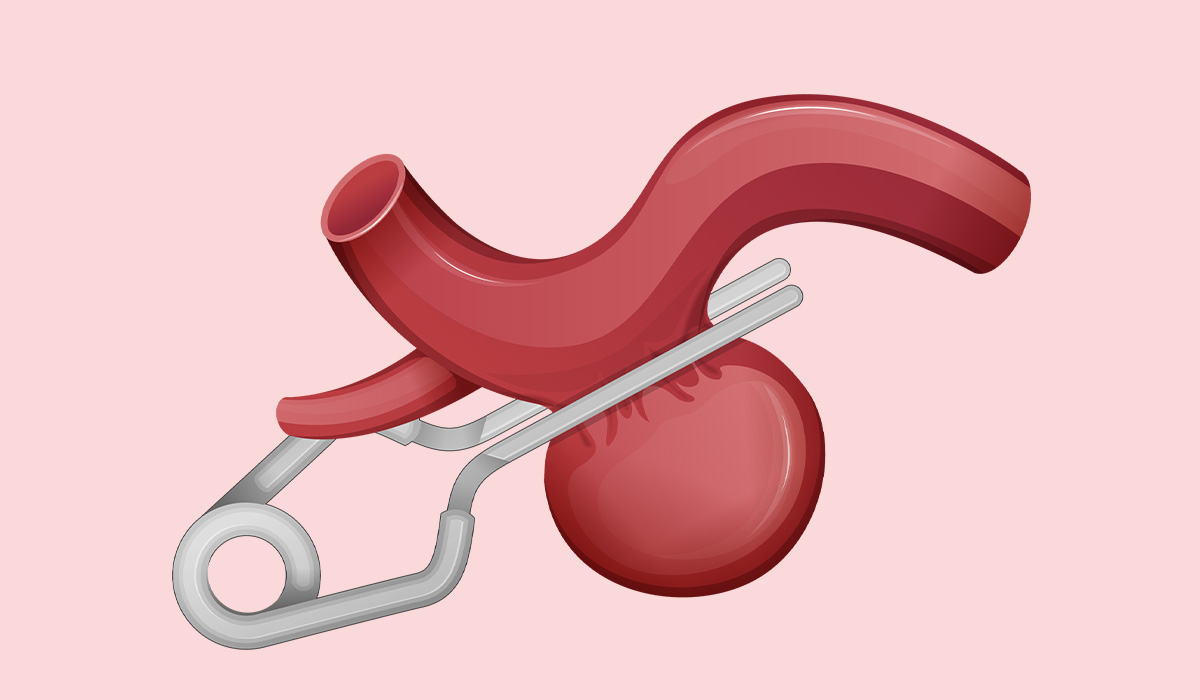
Aneurysm: What Is, Signs, Diagnosis, and Treatment
Spondylosis: What Is, Causes, Complications, and Prognosis
Multiple Myeloma: What Is, Causes, Warning Signs, and Treatment
Bilirubin Levels: What Are, High Bilirubin vs Low Bilirubin
Baker’s Cyst: What Is, Symptoms, Complications, and Treatment

White Blood Cells: What Are, Types, Function, and Testing
Atelectasis: What Is, Types, Causes, and Diagnosis

Dry Socket: What Is, Signs, Complications, and Treatment
Morton’s Neuroma: What Is, Types, Diagnosis, and Treatment
